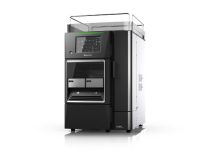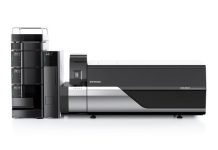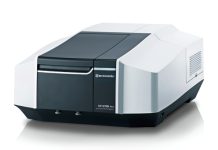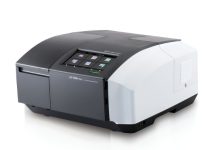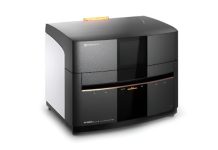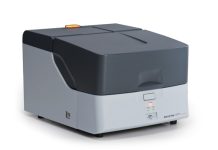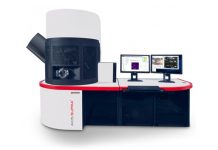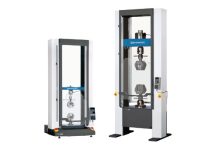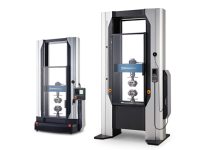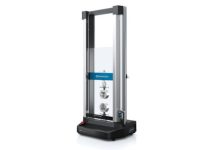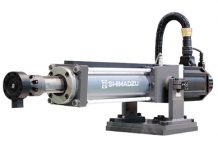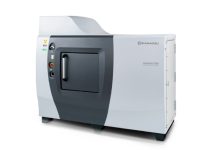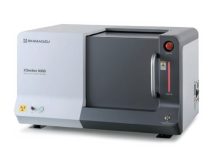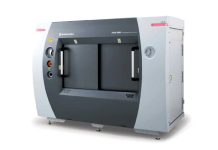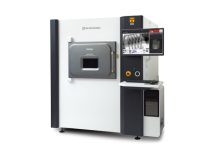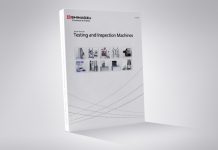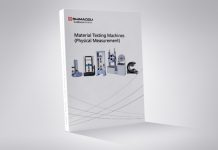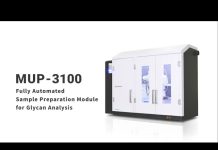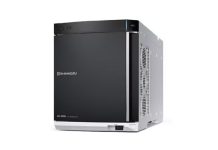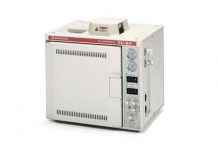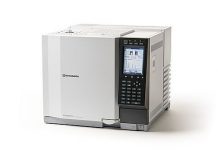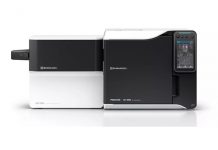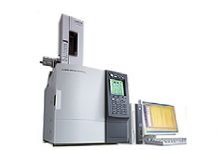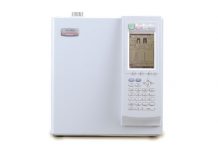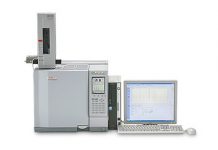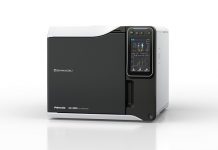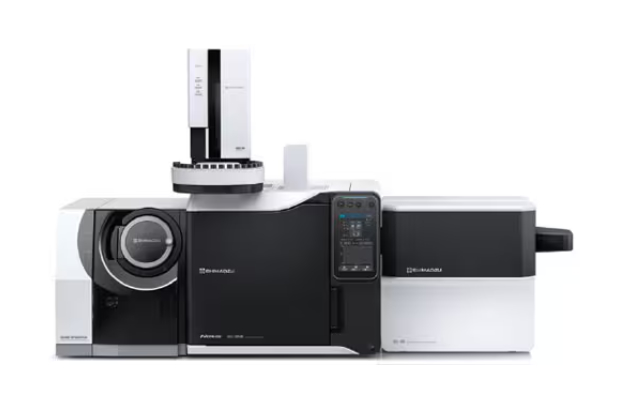

Limit sales to areas where utilities can be procured and systems can be supported.
Biomass energy, chemical recycling, and other new technologies are being researched and developed around the world in an effort to achieve a carbon-neutral society. However, there is concern that, unlike conventional fossil fuels, new raw materials generated from such R&D efforts may contain hydrocarbon mixtures that could have a detrimental effect on product quality or production processes. Of the hydrocarbons involved, it can be particularly difficult to detect heterocyclic compounds selectively with high sensitivity. Shimadzu’s unique ELEM-SPOT system is the world’s first Gas Chromatograph Mass Spectrometer (GC-MS) with an element-selective combustion unit (EL-30) included for selectively analyzing nitrogen-containing compounds or oxygenated compounds in complex hydrocarbon compounds with high sensitivity.
Principle of Detecting Oxygenated Compounds

- If now-common CxHyNzOw hydrocarbons are directly detected by FID or GC-MS after column separation, then they are detected based on a single peak. If that peak is detected by GC-MS after column separation and oxidative dissociation, and further analyzed by m/z, then MS chromatograms are obtained for each product of oxidative dissociation. Since the dissociation products are unique for each element contained in the compound, a unique chromatogram is obtained for each specific hetero-element contained in the compound.
In the analysis of oxygenated compounds, oxidative decomposition is performed using isotopic oxygen (18O2) in the carrier gas, and screening is conducted to separate oxygen-containing compounds from other components.
Dedicated data analysis tools are employed to accurately identify oxygen-containing compounds.
- 18O2 (Isotopic) Oxidation Gas
- 16O2 Oxidation Gas
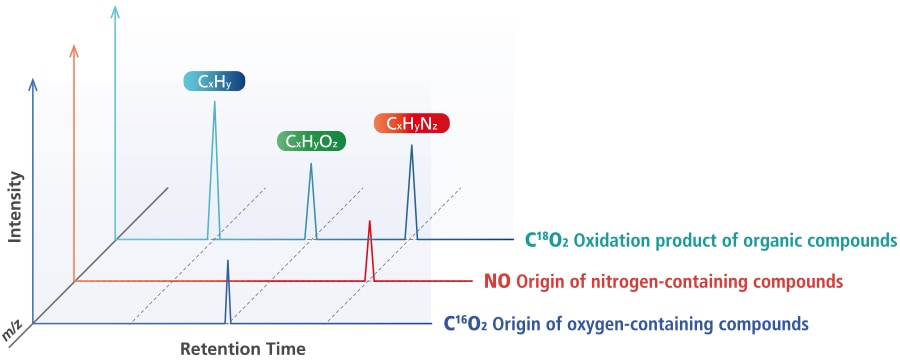
ELEM-SPOT, UFMS, LabSolutions and ClickTek are trademarks of Shimadzu Corporation or its affliated companies in Japan and/or other countries.
Spotting Targets Selectively
Hydrocarbon compounds are first separated by GC and then oxidatively dissociated in the element-selective combustion unit. Then the separated compounds are detected by MS using the selected ion monitoring (SIM) mode. As a result, the difficult analysis of trace quantities of an oxygenated compound was enabled by using isotopic oxygen (18O2) as the oxidation gas (Pat. No. WO 2017/114654). Furthermore, nitrogen-containing compounds can be detected selectively by using regular oxygen (16O2) as the oxidation gas.
- GC-Comb-MS ModeThe GC-Comb-MS mode is a configuration where an element-selective combustion unit is connected after the GC and before the MS. In this mode, oxygen/nitrogen-containing compounds can be selectively detected. After separating hydrocarbon compounds with GC, the compounds are oxidatively decomposed in the combustion catalytic reactor and detected using the SIM mode.
MS Chromatogram from GC-Comb-MS (Oxygen Content Analysis)
- (1) Cyclohexanone(8) Hexylbutyrate(2) 2-ethoxyethylacetate(9) Dodecane(3) Benzaldehyde(10) Phenethyl acetate(4) Dimethyl malonate(11) Dimethyl phthalate(5) 2-pentyl butyrate(12) Acephatene(6) Acetaldehyde(13) Dibenzofurane(7) 1-octanol(14) EicosaneNote: This provides a unique chromatogram that can be used to determine whether compounds contain oxygen.
Compounds 9, 12, and 14 do not contain oxygen.
MS Direct Mode
The MS Direct mode is a common configuration in GC-MS. The ELEM-SPOT system enables analysis in a typical GC-MS setup without passing through the element-selective combustion unit by switching the configuration flow paths.
Securing a Seamless Workflow
- The GC-Comb-MS mode enables selective analysis of specific heterocyclic compounds with high sensitivity while the MS direct mode enables conventional GC/MS analysis. Each mode can be specified and controlled easily using the LabSolutions™ system control software, allowing both modes to be used quickly and conveniently for analysis.
- Automated Switching between Oxidation GasesIn GC-Comb-MS mode, Shimadzu’s unique GC gas selector can automatically switch between oxidation gases for trace analysis of either oxygen or nitrogen.
Simplified Routine Maintenance

- One-Step GC Injection Port MaintenanceSystems are equipped standard with ClickTek™ nuts that enable one-step maintenance of a sample injection port without using a tool to open/close the sample injection port.
- Easier Reaction Tube ReplacementThe reactor is oriented horizontally to provide easier access to the reaction tube and eliminate the need for reactor disassembly for the tube replacement.
Supporting Cutting-Edge R&D
The ELEM-SPOT system can provide analysis results that are essential for researching and developing biomass, chemical recycling, and other solutions for achieving a carbon-neutral society.
- Analysis of Oxygenated Compounds in Wood Bio-OilBiomass used as a raw material for bio-oils can contain large amounts of oxygenated compounds that can damage the catalysts used during oil purification. Therefore, such compounds must be identified and removed.
- Changes in the Catalytic Ability of Hydrotreating Phenols Over TimeNote: As the continuous usage time of the catalyst increases, it can be seen that oxygen-containing components such as phenols are not processed.Because the ELEM-SPOT system can uniquely identify oxygenated compounds in countless matrices, it can be useful for quickly checking the effectiveness of oxygenated compound removal capacity over time.
Analysis of Nitrogen-Containing Compounds in Bio-Oils Derived from Algae
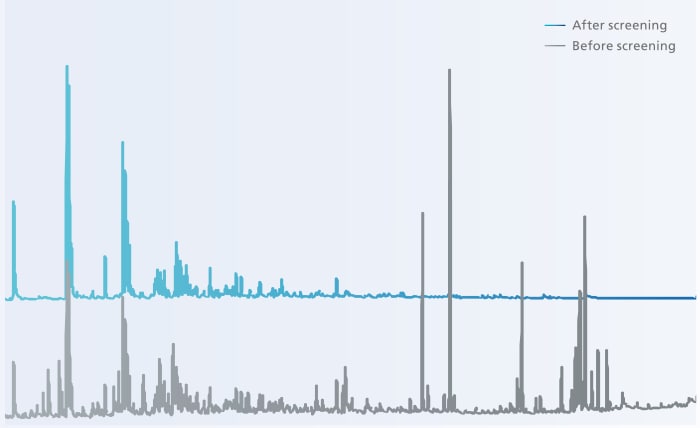
Algae, which has attracted attention as a raw material for bio-oils, contains many nitrogen compounds. However, nitrogen compounds can affect catalytic performance during hydrogenolysis, so they must be appropriately treated before bio-oil purification. Shown above is a chromatogram of bio-crude oil derived from algae and a chromatogram of specifically detected nitrogen compounds in crude oil. In addition to oxygenated compounds, the ELEM-SPOT system can specifically detect compounds that contain nitrogen atomic configurations.
